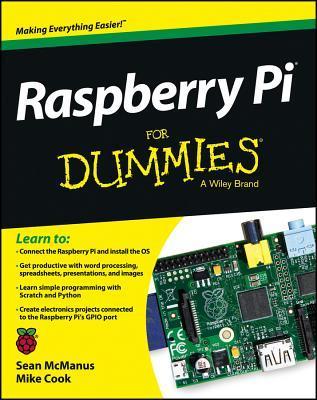What do you think?
Rate this book


432 pages, Kindle Edition
First published January 1, 2013
Many of his most popular books introduce children and adults to programming, including using Scratch, Python, and the Raspberry Pi. Sean's novel for adults, Earworm, goes undercover in the music industry, exploring what happens when music, AI, and business collide.
Visit Sean's website for free book chapters and details of Sean's copywriting services for tech companies.